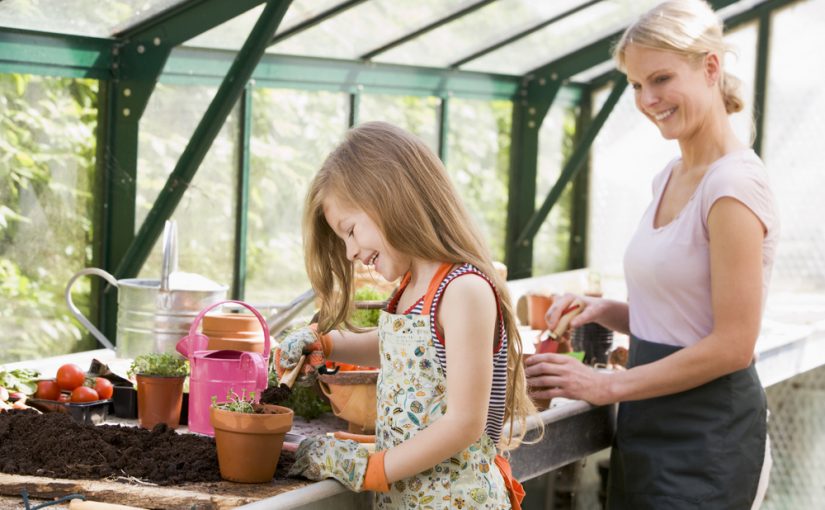Re-purpose Old Furniture & Change Your Home Decor:
If you’re like most homeowners, you have several furniture and decor pieces around the house that have seen better 
Follow these quick and easy makeover tips and before you know it, those worn out and uninspiring pieces will be looking great again.
Endless possibilities
Because of its resilience, plastic is a popular choice both around the house and the yard. From furniture, to kids’ toys, even coolers, plastic surfaces are everywhere. And although these pieces are inexpensive and durable, they often can look a little worse for wear after a few years of use.
Luckily, it’s easy to make over what you already have with the new Indoor/Outdoor Plastic Primer from Krylon. Plastic Primer is made with Krylon’s innovative Fusion for Plastic paint technology to offer lasting durability and improved adhesion. Simply apply the primer to any outdated or lackluster plastic surface and then paint with any Indoor/Outdoor paint you like. You’ll be able to truly customize any plastic surface to fit the theme you’re looking for.
Even if the object is brand new, sometimes improvements still need to be made. Plastic storage drawers and cabinets are the perfect example of something new – and yet still boring. They often come in clear or are limited to a few, select colors that never quite match your decor theme. And unless you want to keep them hidden, re-painting is a must. You can paint the drawers in any color to match the rest of the room. Now, those inexpensive storage units will look like real furniture you can show off.
Make a stylish transformation
Do you have an old furniture piece that just doesn’t fit in with your decor? Chances are you do. But instead of going through the hassle of getting rid of it, breathe new life into it and transform the piece into something completely new.
Take for example, an outdated or unsightly chest of drawers you may have hidden in the attic or in the corner of the room. Instead of hiding it – give it a new outlook on life. Simply sand it down and give it a fresh coat of paint that will coordinate with the rest of your room. Add a few embellishments, such as new knobs or paint accents and voila – you have a new nightstand or end table.
You can also use the same creativity to transform an old vanity into a chic desk or an armoire into a stylish potting bench and garden center on your patio.
Picture this
Picture frames are a great way to display family portraits and your favorite memories while also adding a little style to a blank wall. Re-purpose old frames you already have lying around the house to create a gallery wall with some pizzazz. With a few coats of spray paint, you can take frames from mismatched to mesmerizing. Spruce them up a bit more by using patterned papers as mats. Instead of white or cream, use dramatic colors and bold prints. Simply cut an opening the size of the photo, and you’ll have an unexpected pop of style and color in your new photo gallery.
With a few simple and easy ideas, your outdated and boring pieces can find a new spot in your home, instead of on the curb.








